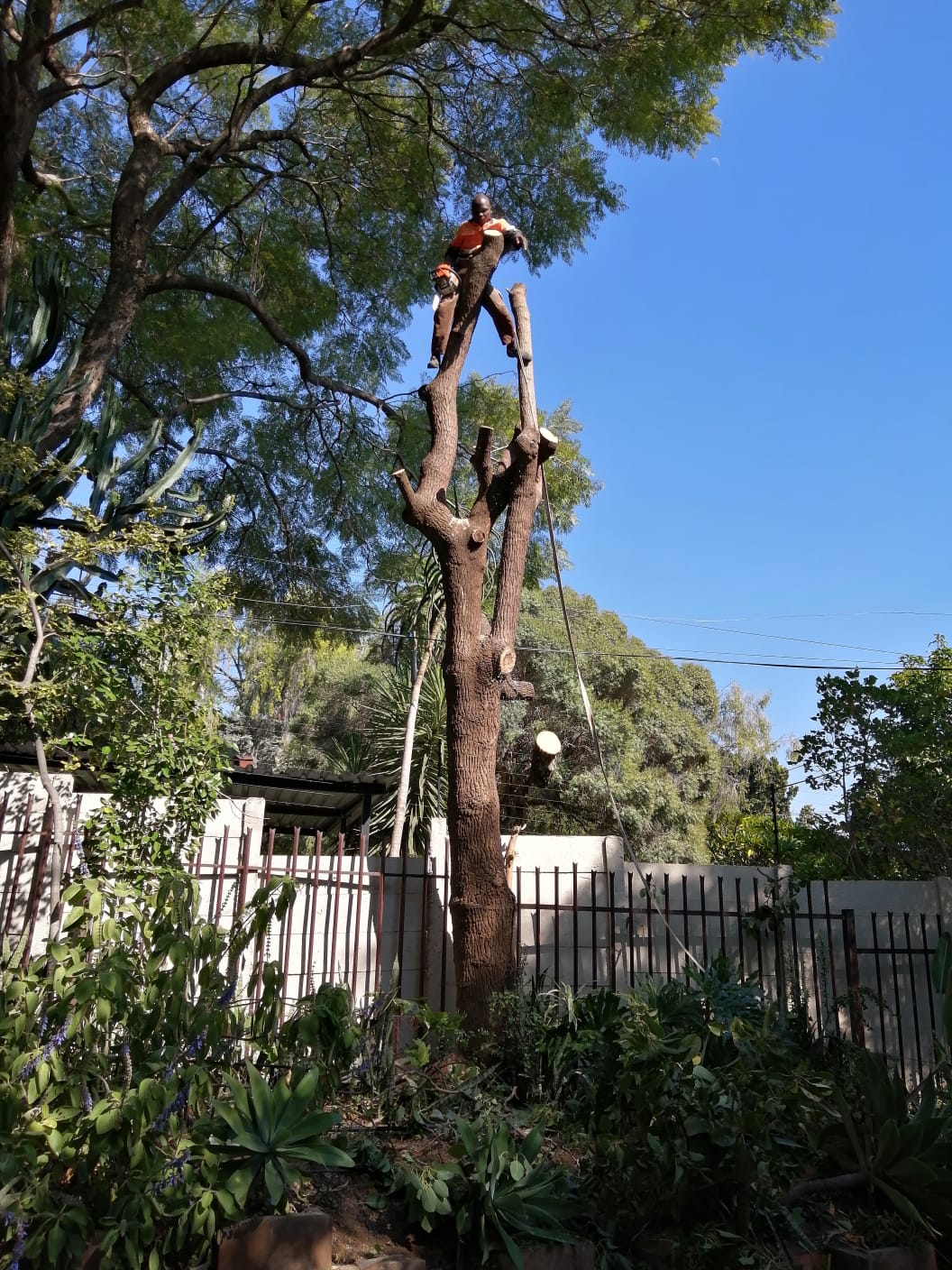This winter, don’t forget to care for your tree with Tree Felling Pretoria East! Even though it is cold and wet, this is the perfect time to take advantage of caring for your tree while in dormancy. Following are four essential tree care tips for the wintertime.
1. Time to pruneTrees go into dormancy during winter making it the ideal time for you to prune. We recommend pruning trees while they are young to establish good structure and to prevent damage in the future, such as limb failure.
Here are Canopy’s five steps to pruning young trees:
Remove dead, dying, damaged, diseased branches. Select and establish the central leader. Select the lowest permanent branch (LPB) based on tree location/purpose. Select and establish scaffold branches. Select temporary branches below the LPB and remove or head back others
If you do not feel comfortable pruning or do not have the proper tools, hire a professional arborist to take care of your pruning, especially if you have a mature tree. Visit our Arborist List to find a certified arborist near you.
2. Protect trees from freezeBe prepared to provide protection for your most vulnerable trees when temperatures drop to freezing. Young trees and certain tropical/subtropical species cannot tolerate freezing temperatures below 32 degrees.
To protect your trees from freeze:
Cover susceptible trees and plants with burlap, sheets, tarps, etc., that extend to the ground to trap in the earth’s accumulated warmth. Use a frame or stakes to minimize contact between the cover and the foliage. Bring potted plants and trees to more protected locations. Moist soil will absorb more solar radiation than dry soil and will re-radiate heat during the night.
Continue reading over at our Protecting Trees from Freeze page for advanced planning tips and what to do to help your tree recover.
3. Mulch to retain moisture and warmthCover the soil with a 3- to 5-inch layer of mulch starting a few inches from the base of the trunk and extending 2 or more feet from the tree in all directions (creating a circle around the tree).
Use organic matter such as wood chips, with or without leaf matter. Trees actually prefer wood chip mulch and the “duff” created by their own leaves. Say no to mulch volcanoes! Mulch should have a “doughnut” distribution, not a “volcano” shape. Mulch should be a few inches away from the base of the tree; too much moisture around the trunk can lead to decay.
4. Continue to water when there is no rainContinue to keep your tree watered when there is no rain during the winter months:
Water young trees every week or every two weeks. Use about 10-15 gallons for each watering. It’s especially important to water newly planted trees to help them recover from the stress of a transplant. Water mature trees once a month or every other month. Use 10-15 gallons of water per inch of trunk diameter, measured at “breast height” (defined as 4.5 feet off the ground). For example, a tree with a 10” trunk diameter at breast height would need 100 – 150 gallons of water (about the same as 4 or 5 loads of laundry). Don’t forget to apply water slowly so it has time to soak into the ground.
Check out the Tree Felling Pretoria East Tree Watering Guidelines to determine the specific watering needs of your tree.
*For edit suggestions please let us know
